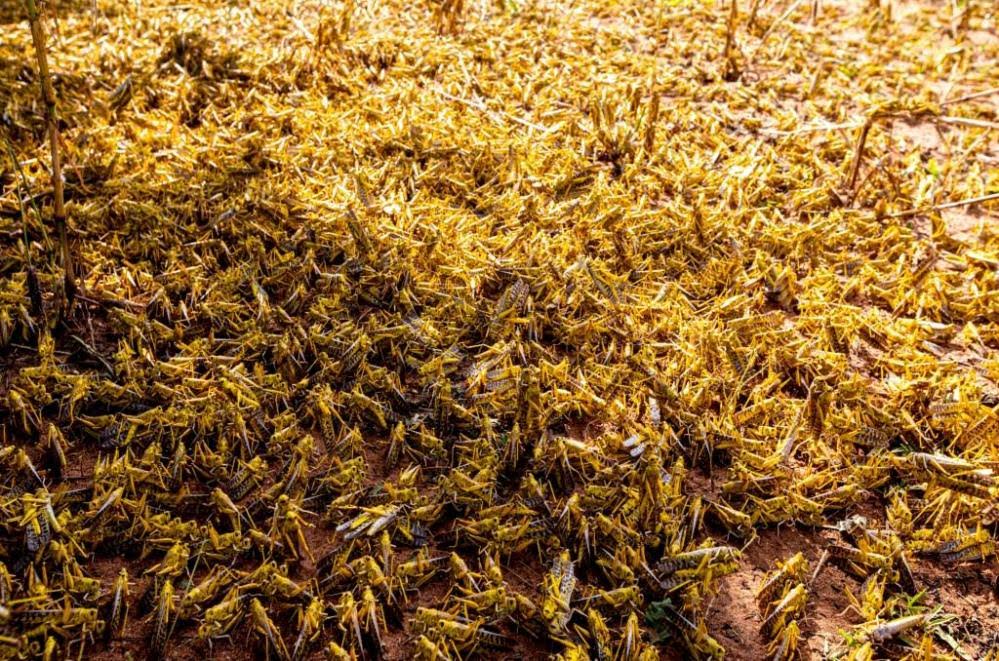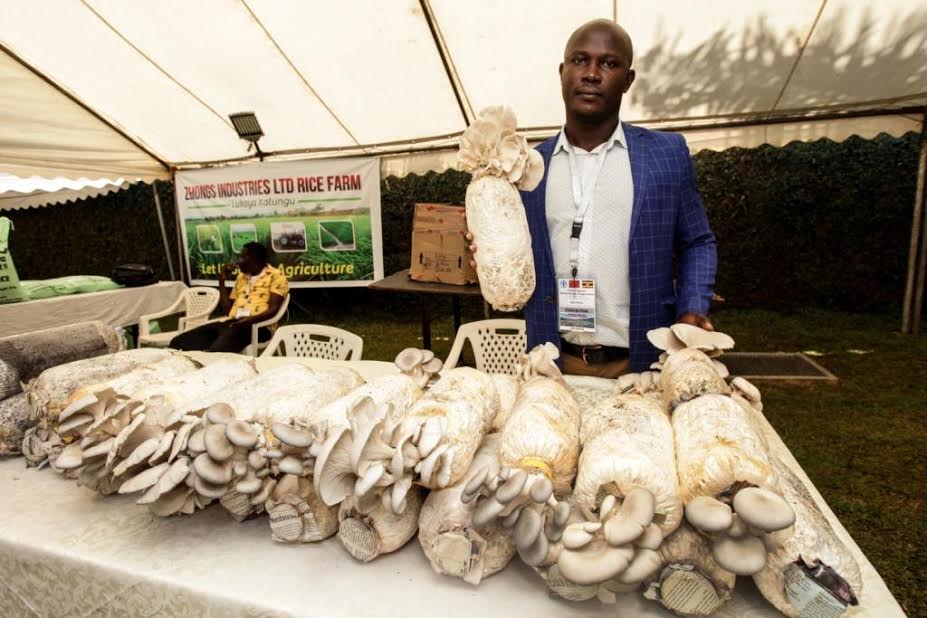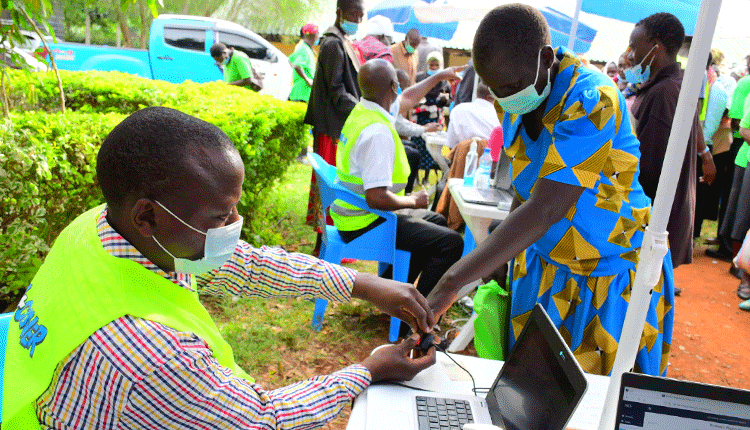1.3m Kenyans affected by locust invasion, says FAO

Bernard Gitau @benagitau
Desert locusts continue to ravage most parts of the country amid the coronavirus crisis, with experts warning of an unprecedented increase this month, which has affected 1.3 million people.
The Food and Agriculture Organisation (FAO) yesterday said second-generation breeding is underway in Northwest Kenya and huge hopper bands have formed affecting 173,000 acres.
Fao added that this would give rise to immature swarms from the second week of June until at least mid-July.
“The unprecedented desert locust threat to food security and livelihoods continues in the Horn of Africa and is likely to spread to Southwest Asia and perhaps West Africa,” the organisation said in a statement.
A similar situation is underway in Somalia and Ethiopia.
“Most of the new swarms will migrate northward from Kenya to Ethiopia and traverse South Sudan to Sudan after mid-June while other swarms will move to northern Ethiopia,” the statement added.
According to FAO, the locust invasion puts livelihoods of some 20 million people, who are already food insecure, in East Africa Region at risk.
The World Bank in April estimated that Kenya is likely to lose Sh100 billion by the end of this year due to desert locusts’ invasion if the situation will not be contained.
Uganda is likely to lose Sh 81 billion, Somalia Sh 67 billion with countries affected by desert locust estimated to lose Sh 800 billion.
“Locust swarms present a double crisis for countries that are also battling the COVID-19 pandemic,” World Bank Group President David Malpass said.











